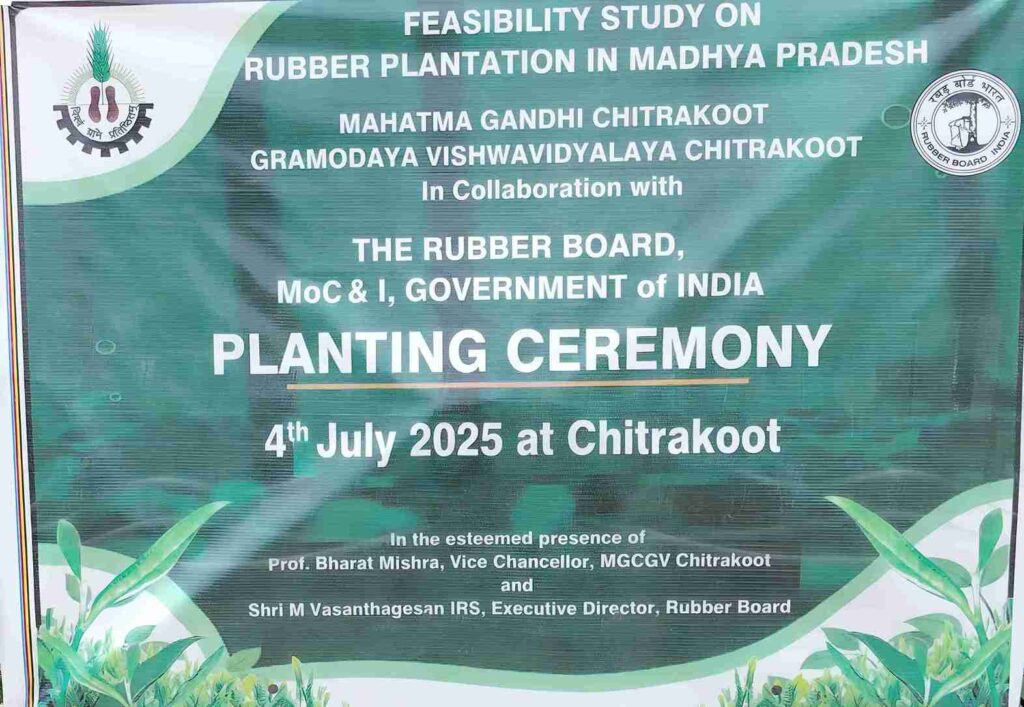
First time rubber plantation in Madhya Pradesh
In a historic and forward-looking move, Mahatma Gandhi Chitrakoot Gramodaya Vishwavidyalaya (MGCGV), Chitrakoot, has become the first university in Madhya Pradesh to begin a rubber plantation in collaboration with the Rubber Board of India, Kerala. This initiative marks a significant step toward agro-diversification, climate adaptability research, and rural livelihood promotion in Central India.
On this occasion, the Executive Director of the Rubber Board, Shri M Vasanthagesan (IRS), along with a team of specialist officers and technical experts, visited MGCGV to inaugurate this groundbreaking plantation program. This is not just a plantation drive; it’s the beginning of a vision to expand India’s rubber potential into non-traditional regions.
🟨 Key Highlights of the Event
First-ever rubber plantation by any university or district in Madhya Pradesh
Inaugurated by Shri M Vasanthagesan (IRS), Executive Director, Rubber Board of India
Rubber Board Kerala’s technical team, including two specialist officers, joined the plantation
Target to plant more than 400 rubber plants on the MGCGV campus
Aimed at exploring rubber’s adaptability in semi-arid zones (subtropical) like Chitrakoot
Offers research, learning, and livelihood opportunities for students and farmers
- In the esteemed presence of
Prof. Bharat Mishra, Vice Chancellor, MGCGV Chitrakoot - MGCGV Chitrakoot signs the MOU with the Rubber Board of India
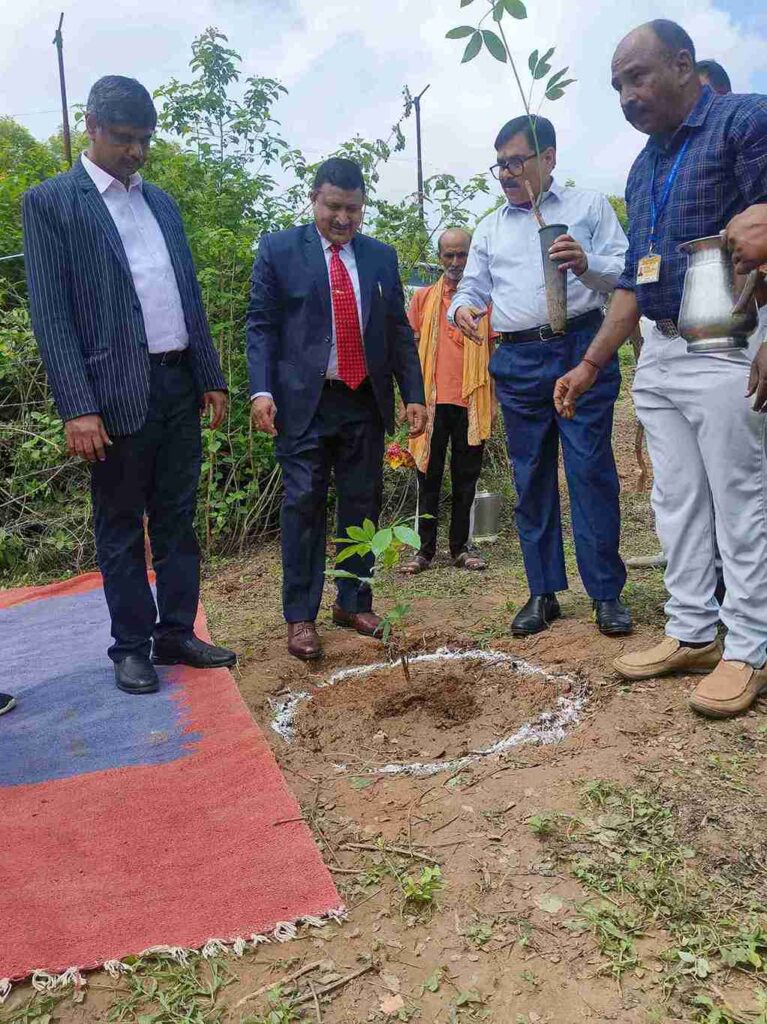
🟨 Detailed Coverage of the Event
The plantation program began with a formal welcome of Shri M. Vasanthagesan (IRS), who has been a dynamic force in expanding the geographical boundaries of rubber cultivation in India. Accompanied by his specialist officers and agro-technical experts, the Rubber Board team brought both expertise and enthusiasm to the university.
During the event, the plantation was carried out in designated experimental plots within the MGCGV campus. The species planted are believed to be highly adaptive clones suitable for non-traditional rubber zones, carefully selected by the Rubber Board’s scientists.
The Rubber Board team conducted hands-on demonstrations and soil assessments and interacted with students, professors, and research scholars, discussing the long-term vision of rubber farming as an agroforestry model in Central India.
As part of this initiative, MGCGV aims to plant more than 400 rubber trees within its campus—marking the beginning of a large-scale, long-term research and development project.
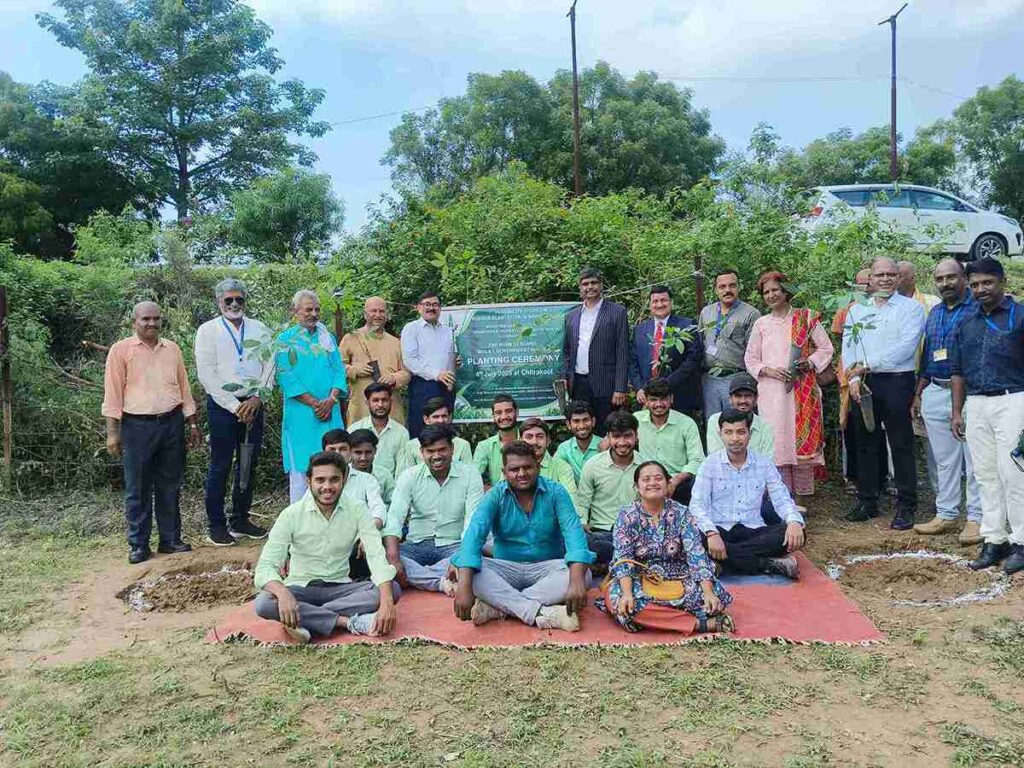
Rubber Tree Basics Section (Educational Value)
What is Rubber Plantation?
Include a short 3-4 line explanation.
The rubber tree (Hevea brasiliensis) is a tropical crop cultivated for natural latex used in tires, medical gloves, and hundreds of products. Traditionally grown in Kerala, it requires warm, humid climates—but now research is testing its potential in dry and semi-dry regions too.
| Parameter | Ideal for Rubber | Chitrakoot (Trial) |
|---|---|---|
| Temperature | 25–35°C | ✅ Suitable |
| Rainfall | 2000mm+ | 🚫 Lower, but manageable |
| Soil Type | Well-drained loam | ✅ Available |
| Elevation | 100–300 m | ✅ Approx. similar |
🟨 Why Rubber Plantation in MP is a Big Deal?
Traditionally, rubber is cultivated in high-rainfall, humid regions like Kerala, Tamil Nadu, and parts of Northeast India. However, due to climate adaptability research and technological advancements, rubber farming is now being tested in non-traditional, drier regions, such as Chitrakoot.
If successful, this could lead to:
Expansion of rubber cultivation in central Indian states
Higher-income opportunities for farmers in low-productivity areas
New frontiers for agricultural education and research
Eco-restoration and carbon sequestration through long-term plantation
Strengthening of MGCGV’s role as a hub of sustainable rural development
🟨 Quotes from the Event
“Rubber is no longer limited to the coastal zones. With climate-smart approaches, we’re expanding its reach, and MGCGV’s initiative is a bold step in that direction.”
— Shri M. Vasanthagesan, IRS, Executive Director, Rubber Board of India
“Our university has always aimed to blend tradition with innovation. This plantation project reflects our mission of transforming villages through science and collaboration.”
— MGCGV Spokesperson
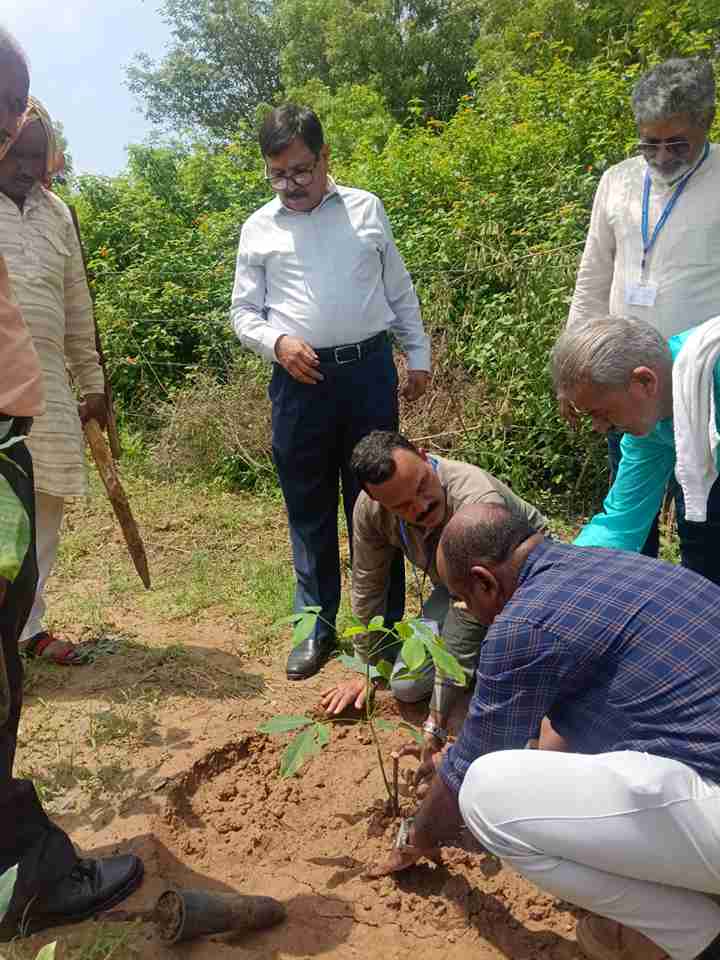
🟨 Student & Faculty Participation
Dozens of agriculture students and faculty members participated actively in the plantation drive. The event served as a live learning platform, exposing them to:
New plantation techniques
Rubber crop management
Role of scientific collaboration in sustainable development
Many students described the experience as eye-opening, especially learning directly from Kerala-based rubber experts.
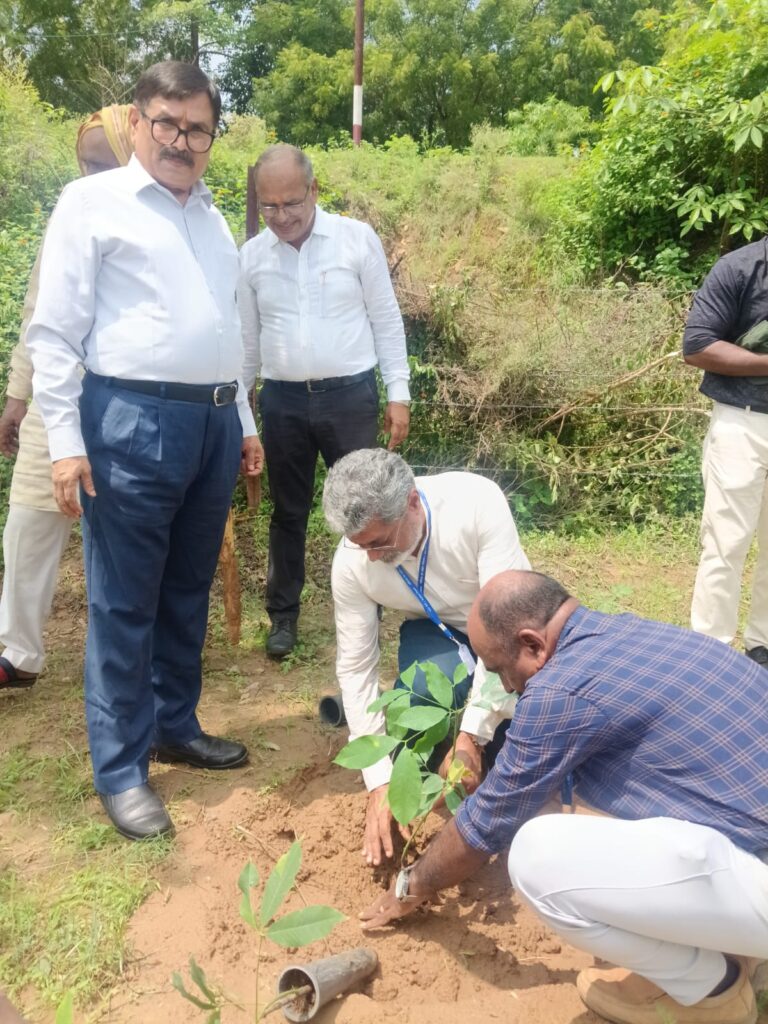
🟨 Future Vision & Impact
This project will not end with the plantation alone. MGCGV and the Rubber Board plan to
Monitor plant survival and growth under semi-arid conditions
Publish climate impact research papers
Develop a model rubber plantation that can be replicated in similar agro-climatic zones
Train farmers and agri-preneurs from surrounding districts
Possibly launch certificate courses on rubber cultivation
🟨 Conclusion: Planting More Than Just Trees
What happened at MGCGV Chitrakoot is not just a plantation event—it’s a milestone in India’s agricultural journey. With over 400 rubber plants now taking root in the heart of Madhya Pradesh, the university has shown that vision, collaboration, and courage can redefine what’s possible in farming.
This initiative proves that rural universities like MGCGV are not behind; they are leading—with real action, not just academic talks. By working hand-in-hand with the Rubber Board of India, MGCGV is giving a new direction to agroforestry, student research, and sustainable rural livelihoods.
And maybe, years from now, when rubber trees in Chitrakoot start yielding their first drop of latex, they won’t just be trees—they’ll be symbols of what happens when knowledge meets action.
Because transformation doesn’t begin in big cities — it begins in small villages, with bold ideas and determined people.
Click to Join Our Free WhatsApp Group for Agriculture Updates!
Get daily updates, free study material, and the latest schemes, and connect with other agriculture students and farmers.
People also ask
Traditionally, rubber grows best in hot and humid climates like Kerala. However, with climate-resilient clones and improved scientific methods, experimental plantations in semi-arid zones like Chitrakoot are being explored successfully.
This is the first-ever rubber plantation initiated by a university in Madhya Pradesh. It reflects MGCGV’s commitment to agricultural innovation and opens new doors for research, student training, and farmer benefit in central India.
MGCGV aims to plant more than 400 rubber trees on its campus as part of this collaborative initiative with the Rubber Board of India.
The Rubber Board offers technical support, training, quality planting materials, and guidance on harvesting and marketing. Their involvement in the MGCGV project ensures expert supervision and practical exposure for both farmers and students.
Latest post
Download IBPS AFO Mains Previous Year Question Paper 2024 with answers & topic-wise explanations.
Introduction of IBPS AFO Mains Previous Year Question Paper 2024...
Read More“IBPS AFO or NABARD Grade A? My Friend’s Experience in Both Jobs!”
One evening last year, I sat in a chair and...
Read MoreMP RHEO Notification 2025: best book, Eligibility, Exam Date & Syllabus Last Few Days Exam Strategy
If you are an agriculture or horticulture graduate looking for...
Read More📋 MPPSC Food Safety Officer Syllabus 2025| Notification Out for 67 Posts
The MPPSC announced 67 vacancies for Food Safety Officers. Suppose...
Read More🙋♂️ About the Author
Khumesh, a BSc Agriculture student and founder of AgriGramodaya.com, is on a mission to make “ Agriculture” the easiest and most accessible subject for students across India.
Having personally faced the challenge of finding clear, structured, and visual content for Agriculture, he decided to build a complete one-page resource, breaking down the full syllabus into simple parts — supported by PPTs, summary notes, previous-year MCQs, and exam-oriented insights.
Every part of this subject is designed to help students from zero to advanced level, whether you’re preparing for semester exams or agriculture job exams.
📚 Learn visually. Revise smartly. Succeed confidently — only on AgriGramodaya.

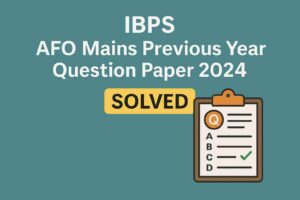
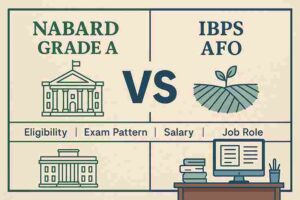
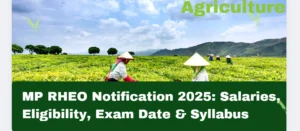
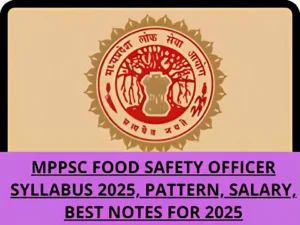
Namaste 🙏
Kya ye rubber tyres and tubes k liye bhi use (upyog) ho sakta hai kya?? Aur es rubber plant ko complete plant banne pe Kitna time lagta hai, aur 01 plant se Kitna rubber product ho sakta hai jo uses ki hogi…
Namaste 🙏 Bahut Bahut Badhai….es kary k liye…
Kya ye rubber tyres and tubes k liye bhi use (upyog) ho sakta hai kya?? Aur es rubber plant ko complete plant banne pe Kitna time lagta hai, aur 01 plant se Kitna rubber product ho sakta hai jo uses ki hogi…